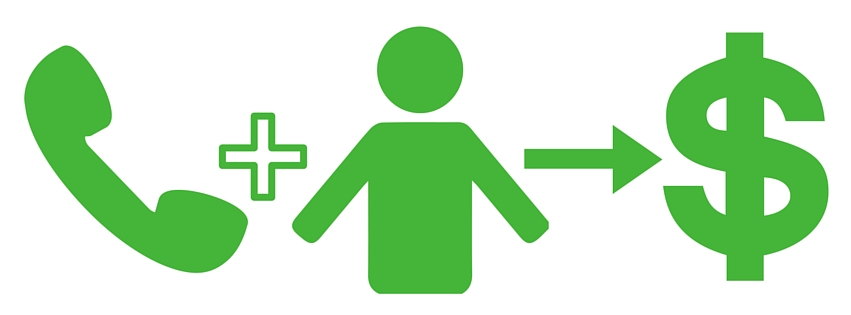 This is the third in a five part series about ways to improve phonathon contact rates. Contact rate is one of the most important metrics in phonathon. To read the introduction to contact rates and first steps to take in improving them, click here. For more information about managing and acquiring cell phones numbers, click here. Remove known bad numbers from your calling pools A certain of the records loaded in last year’s phonathon were coded as invalid numbers. You should research them and only load those that you find a new number for this year. Don’t pay callers to re-code known bad numbers. This process is known as removing the “historic deletes” or "invalids". No numbers known identified as invalid should be loaded for calling this year unless a new number is found in the research process. Calling repeat invalid numbers is unproductive for callers but it is also is a budgetary drain on your program and lowers caller morale because they get very bored. The marking of bad numbers found through phonathon in your database (Banner, Raiser’s Edge, etc.) and then excluding them from new phonathon data loads should happen anytime new data is loaded, not just at the beginning of the fiscal year. Diversify your constituencies Is there a school/college that you don’t call for? Could you approach them? Do you call parents? What about friends? Removing these invalid records from the pool available to call will lower your record counts for this year, until you are able to undertake an adequate amount of research and initiatives to recover good phone numbers for your lost alumni. Therefore, I recommend that you diversify your constituent base by adding calling for new colleges, schools or units that you have not called for in the past. I encourage you to break through the campus politics in order to grow your phonathon. At the very least, approach these colleges, schools and units who are not currently part of phonathon about conducting a statistically significant test. This would be beneficial for all. It is a commonly held fallacy that you need callers from a particular program to call a particular group. (For instance, law school students calling law alumni.) What is most important is that you need well-trained and well-coached callers in order to produce great results. By doing a test, you are able to bring in some funds for the unit and you have a chance to prove the worth of phonathon with statistical results. It also gives phonathon the opportunity to clean-up the data for these new colleges by identifying and marking their invalid numbers while they collect new information (such as cell phone and employment) from the alumni they do reach. When you report back to them, don’t just focus on dollars and donors. See my post on the 5 pillars of annual giving. By adding in new groups you will offset the potentially damaging effect of lower record counts due to historic deletes. This will mean that instead of calling invalid numbers or running out of records to call by the end of the year, your callers will have new, fresh groups and new challenges to undertake. This will make for good call center morale while you rebuild your contact rate. If you found this article helpful, sign up for my mailing list to keep in touch. You will immediately receive a free e-book, "15 Best Call Center Games" and you'll be entered to win a copy of my upcoming e-book "How to Staff Your Phonathon Super-Fast: The 7 Secrets to Fill the Seats". Click the button below to sign up. Comments are closed.
|
Jessica Cloud, CFREI've been called the Tasmanian Devil of fundraising and I'm here to talk shop with you. Archives
June 2024
Categories
All
|


 RSS Feed
RSS Feed
